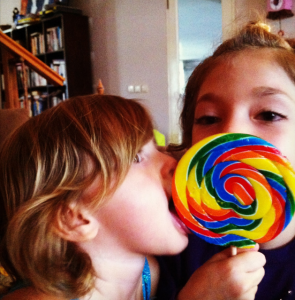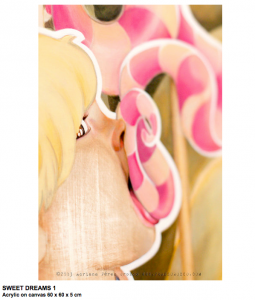So I am pretty stoked. Excited. Ecstatic really. A few weeks ago, I tweeted something along the the lines that someday I hope to be able to teach a class on, “The History of Rock and Roll. Film or Digital Storytelling.”
But because I teach middle school and at the moment our school does not offer any of those electives, I felt my dream would be just that– a far fetched fantasy forced to flounder somewhere in the future or worse disappear as yet another ephemeral tweet. That is until, I became creative and active in making my dreams come true.
We have quite a robust after school activity program at UWCSEA. This year I facilitated four terms of Middle School Master Chef. And don’t get me wrong, I loved it. It was so much fun to watch kids take risks and learn new skills in the kitchen, but for next year, I was on the hunt for something new. I almost committed to a High School Mountain Biking club, when it hit me! Why not offer my dream class as an activity? It is not the same as a class, as we only meet for an hour a week, but for the time being it is better than nothing.
Below is the email exchange between the me and the activities director:
Hi Hugh,
I have an idea for an activity that I have had for a while and if you think it is worthwhile and possible I would like to offer it next year.
So my idea is this: The History of Rock and Roll. Open to HS students, it is a chance to get together and study, explore and listen to the most important bands, songs, and albums of rock music from the 1950′-the 2000s. We will explore the historical and social context of the music, while looking at lyrics, musical structure as well as lasting impact on the world and rock music.
I have alway wanted to teach this as a class, so if you think it will work, I can write up a more formal blurb and come up with a pretty comprehensive plan.
Let me know what you think.
Hi Jabiz –
To be honest I’m not sure. History of R&R sounds interesting but as you say, it is a class – not sure that it has the content to be included in the Activity programme. We really need activities to be active learning and interactive, so learning about something doesn’t really hit that does it?
Hi Hugh,I totally get what you are saying about this being more of a “class” as for the active learning or interactivity of it I have some ideas:
- Perhaps we learn to play a song from each decade and perform at the end of a few weeks.
- Perhaps we create a digital story (exploring tech, film, and media) at the end of each decade.
- Perhaps we can share our work and learning on a blog and/or youtube channel
- Perhaps we create an iBook documenting the learning.
Or maybe we blend all three:
We discuss and learn about music from every decade, learn to play a few songs throughout the term, which we perform and document the learning through film, media and digital storytelling. Finally we consolidate all of it in an iBook helping us learn (interactivity ) how to use iBook author software etc…
As you can see I am really passionate and excited by this possibility. If you tell me what some of the guidelines are I am sure I can make it work and I know there are kids who would be interested. Perhaps, we can chat in person so I can explain further.
Hi Jabiz,
Sounds great Jabiz – love the ideas!Will include it – please check when I send it round.

image by zentrad
And just like that I am teaching my dream class. The basic idea is as descried above, but I am a swirl in a brain storm at the moment. I am open to any suggestions or ideas. It will be for High School stuents, which will be a great way for me to get to know them better and a great way for me to stay in touch with my grade eights moving on next year.
I cannot think of a better way of getting to know and bonding with people than talking about and playing music. I will plan out a rough outline this summer, but in the meantime any ideas, or bands or songs or films or anything you can share would be great.
Just think- This could be me




